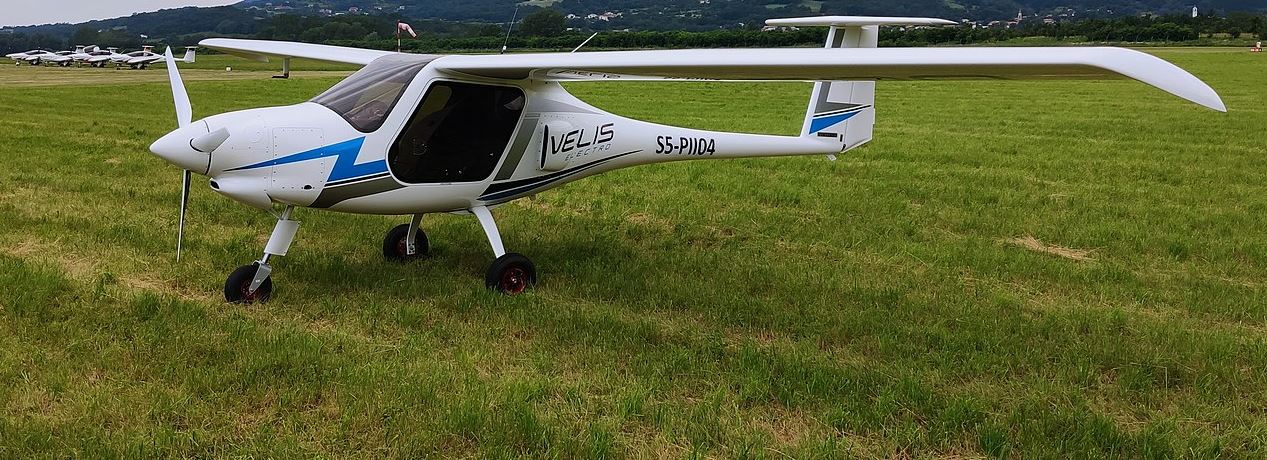


Frazer-Nash Consultancy, a systems, engineering and technology company, has supported the Connected Places Catapult (CPC) with its Zero Emission Flight Infrastructure (ZEFI) project, which aims to prepare UK airports for zero emission aircraft.
Funded by the Department for Transport, the project has seen CPC working to better understand the actions needed to prepare UK airport infrastructure to meet the industry’s decarbonisation goals. The project has had a particular focus on new hydrogen and battery-electric aircraft.
Having supported the project for Frazer-Nash, Jack Geldard said: “The current climate crisis and sustainability challenges that the UK aviation and aerospace industry is facing are significant, particularly considering the increasing demand for air traffic and strict emission targets.”
With the decarbonisation of aviation a phased transition, the project has considered the intermediate technologies – for example, sustainable aviation fuel (SAF) derived from food or agricultural waste – which it will be necessary to implement now to reach the net-zero targets set out in the UK Government’s industrial strategy.
Geldard added that to address the challenges faced by the industry on its lower carbon journey and to decarbonise the future of mobility a “system of systems” approach will be needed.
Warning that “decarbonisation is highly complex,” he added “No straightforward solution exists. We’re working with CPC to help untangle this complexity for airports, and to give the aviation and aerospace sector a clearer view on the actions necessary to reach zero emissions while managing rising air traffic demands.”
Frazer-Nash has supported CPC by exploring the requirements for introducing hydrogen and electric-powered aircraft into commercial airport infrastructure and general aviation, including identifying the risks and opportunities of adopting zero emission aircraft into airport environments. “We have supported the development of technology roadmaps for the integration of these new systems and their associated infrastructure into existing airport environments.
“The focus of the study was hydrogen and electric (battery) aircraft, although interoperability with kerosene and SAF has also been considered, given the necessary phased transition towards decarbonised, zero emission flight.”
He added: “We’ve looked at a range of use cases, from general aviation airfields to major commercial airports, considering their existing infrastructure and adaptation requirements for new forms of zero emission aircraft. In parallel to working on the ZEFI programme, our engineers are providing systems engineering and assurance support to hydrogen and electric aircraft manufacturers and critical infrastructure organisations, giving us a unique insight into the challenges facing the aerospace and aviation sectors presently.”
With various factors to be considered and developed for the aviation industry to its net-zero targets, the roadmap highlights the different approaches and timelines for hydrogen and electric infrastructure, alongside the expected entry into service dates of zero emission aircraft that need hydrogen fuel or electrical charge.





